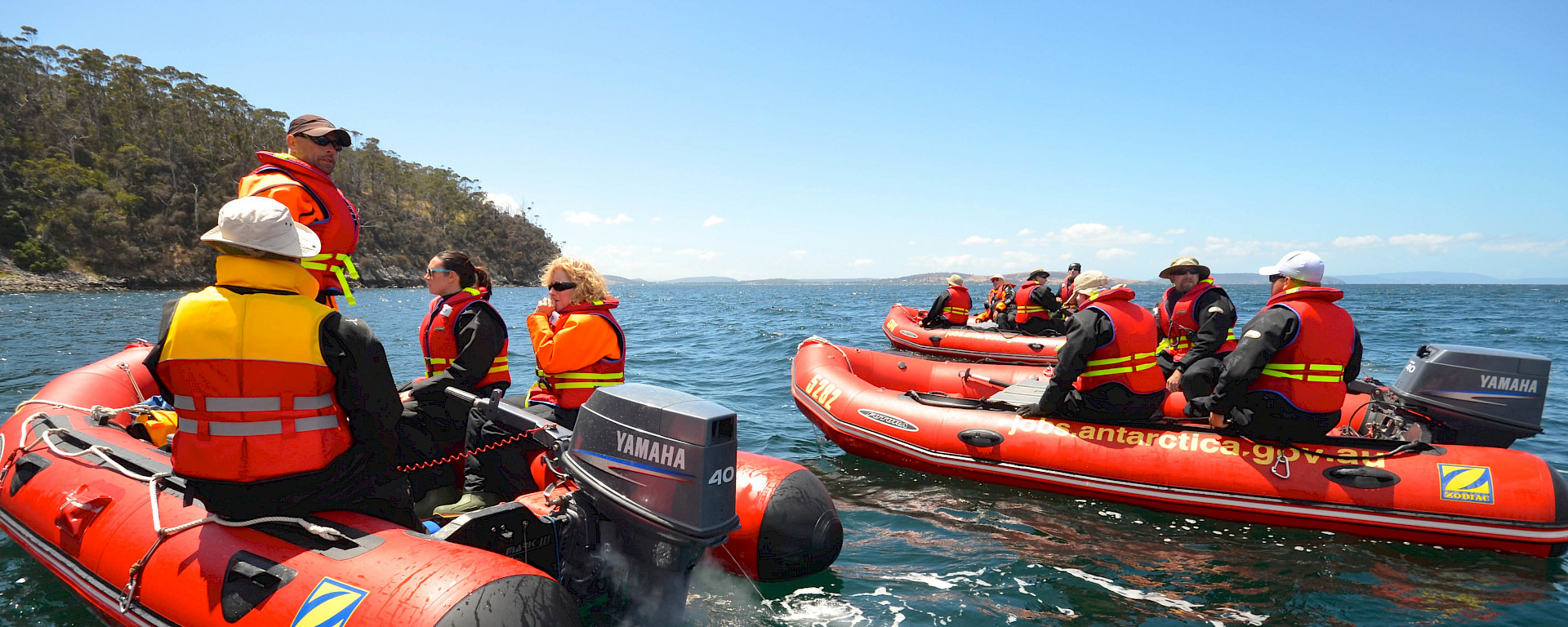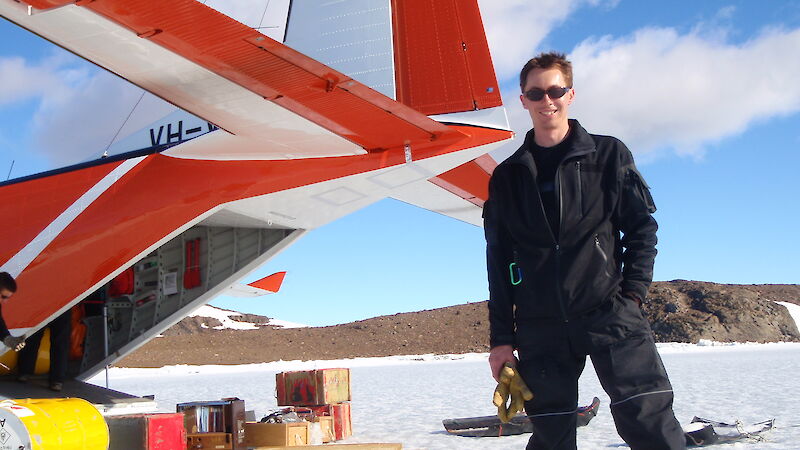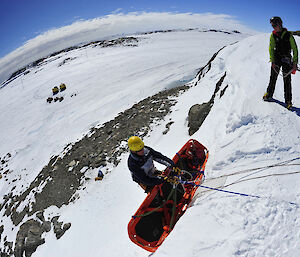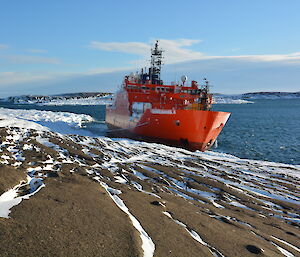As the Australian Antarctic Division’s Field Support and Emergency Management Coordinator, Martin recruits and manages field training officers, runs the Division’s field and emergency response training system, and coordinates the Division’s Crisis Management and Recovery (CMR) training.
Underpinning these activities is a raft of standard operating procedures, field manuals and training systems, and the four pillars of emergency management — prevention, preparedness, response and recovery.
“We’ve bedded down a good system over the past 10 years that’s working well for us,” Martin said.
“We’ve put in place a lot of policies and procedures that are international best practice in emergency response and we have a range of manuals for field operations, which we review annually or in the interim, as needed.”
The Antarctic field training officers (FTOs) are a critical cog in the safety wheel. These highly skilled outdoors-people come to the Division with a “standard bag of tricks” and other skills relevant to their various pursuits, such as mountaineering or climbing. However, some may need supplemental skills training, relevant to the Antarctic Program, and it’s Martin’s role to provide this.
“We give our FTOs contextual training, as some have never been to Antarctica. So we need them to understand the operational environment, training frameworks, and how the Antarctic Program works. This then allows them to provide consistent training to Antarctic expeditioners across the Program,” he said.
“We also provide FTOs with pre-departure training in land search and rescue techniques, technical rope rescue, and field travel using quads, Hägglunds and small boats.”
Once they get to Antarctica the FTOs are responsible for running the field and emergency response training (see Emergency response in Antarctica). The FTOs also guide parties conducting field research over summer, and may facilitate recreational travel off station.
Martin spent his first season with the Australian Antarctic Program as an FTO, but his skills in emergency management soon saw him drawn into a desk job at Head Office. However, over the past nine years he has had stints as a Voyage Leader, watercraft operator, and Operations Coordinator at Casey research station, and he tries to go south when opportunities arise.
“It’s important to go south to refresh your skills and your understanding of the context of your work. Now with the Airlink, it’s easier to go to Antarctica as part of my normal day job, and reconnect with the people on the ground,” he said.
Maintaining close relationships with the FTOs and other expeditioners he works with is one of the high points of Martin’s role, but it can be a double-edged sword in a crisis, when his emergency management skills are called on.
“The Australian Antarctic Program is like a family, and it’s a fact that when people you know are involved in an incident, it is more challenging to do the job,” he said.
Martin relies on process, experience, and strong relationships with colleagues in crisis management events. During a CMR — such as when the Aurora Australis ran aground at Mawson research station in early 2016 – Martin’s role is to coordinate the operational response developed by a range of sub-teams and feed that back into the broader CMR process.
“When the ship ran aground we had teams in shipping, aviation, fuel spill, cargo and supply services, developing response and recovery plans. My role was to work through the options with these different groups and report back to the CMR team, so everyone had situational awareness of the overall operation. The CMR team then decided on a way forward, and briefed the Executive with a plan for them to approve.”
The CMR team has been called together a number of times over the years, including through annual pre-season training exercises, developed by Martin, some of which have come eerily to fruition.
“I generally pick a scenario that would be representative of a project we’re undertaking or an environment we’re working in during the season, and we bring together all the stakeholders, such as Helicopter Resources, P&O Maritime, Bureau of Meteorology, Australian Maritime Safety Authority and Defence, to workshop the problem,” he said.
“Before the ship ran aground at Mawson our pre-season exercise was a grounding at Casey. We’ve also workshopped an earthquake scenario at Macquarie Island, a day before one actually occurred.”
Despite the stresses, Martin enjoys the challenge of thinking through problems and coming up with solutions.
“The first plan you develop generally isn’t the one that’s used. You need a few plans ready to pull out of your back pocket. We work in a complex environment and the situation can rapidly change, which keeps you on your toes.”
Wendy Pyper
Australian Antarctic Division





